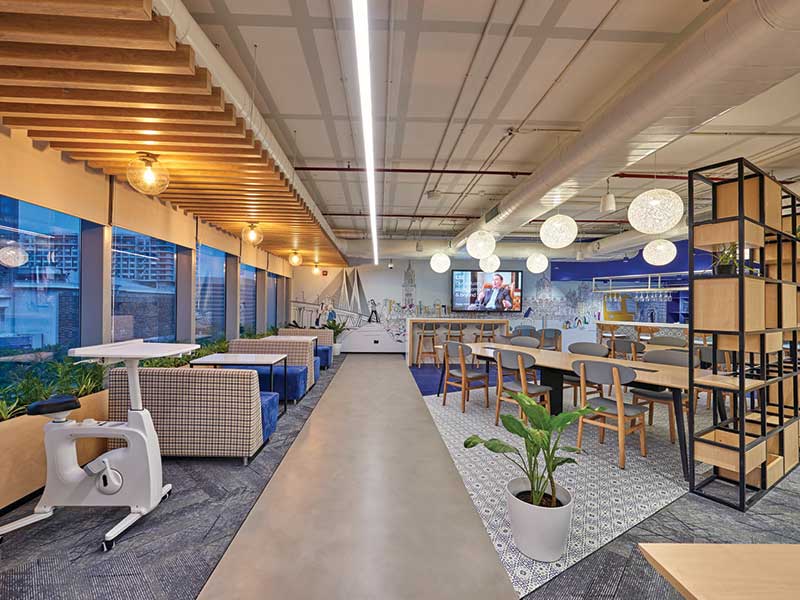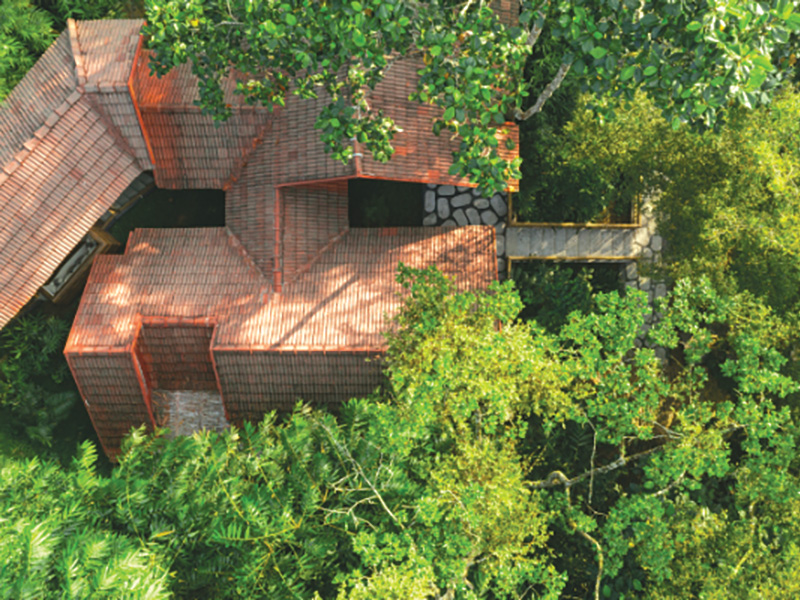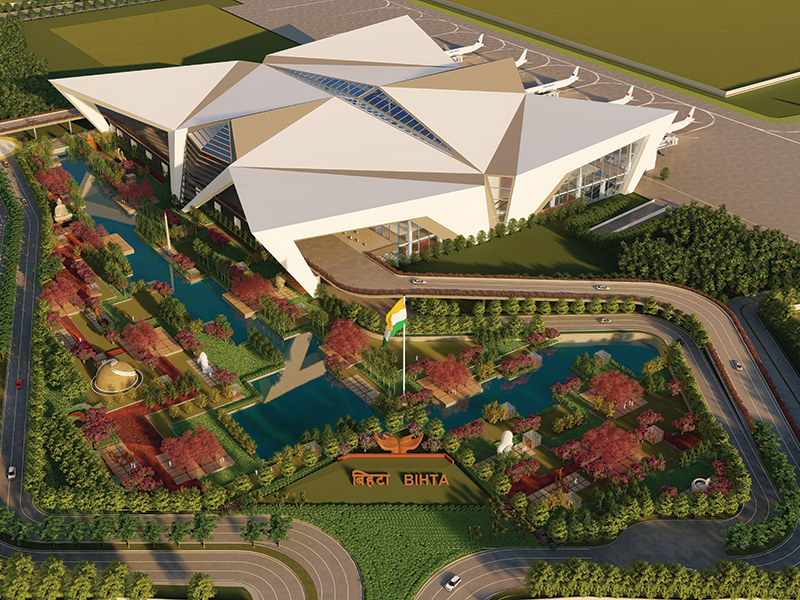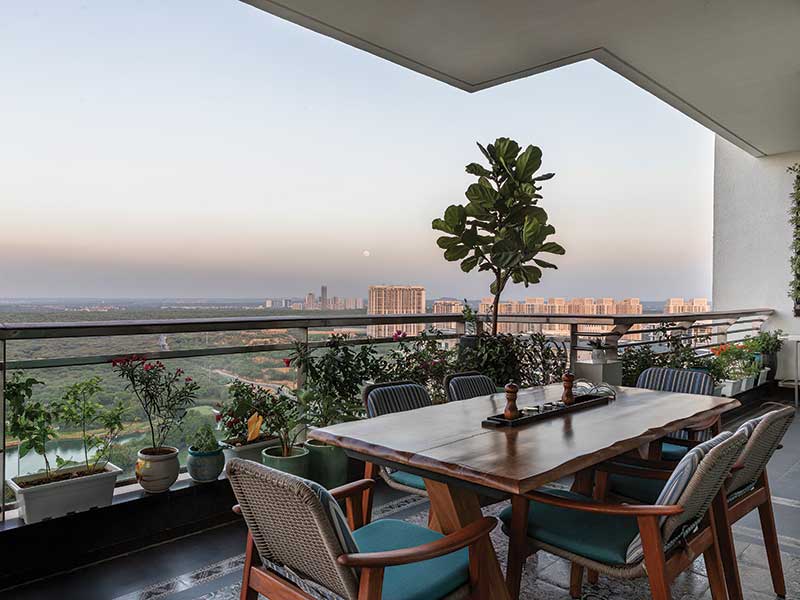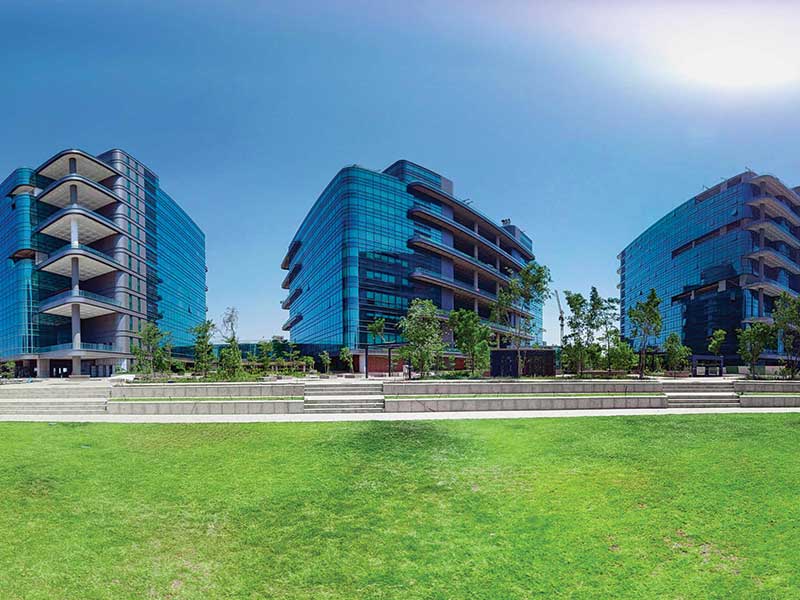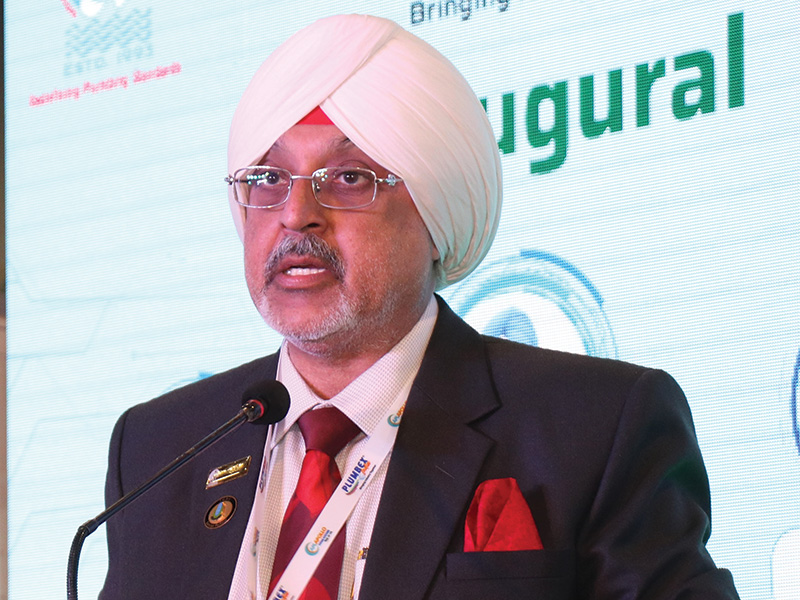Ar. Harsh Chauhan, Archohm
The outbreak of Covid-19, as well as the subsequent restrictions and lockdowns, have substantially altered the built environment and how we interact with it. The recent changes offer greater flexibility in how buildings and public spaces can be perceived. In the commercial world, there has been a rapid shift to the online mode of working. This will have a long-term impact on offices and how we operate. Lessons from the pandemic will reshape our built environment into becoming more flexible, adaptable, and considerate of health and well-being, while responding to the interests and needs of the community.
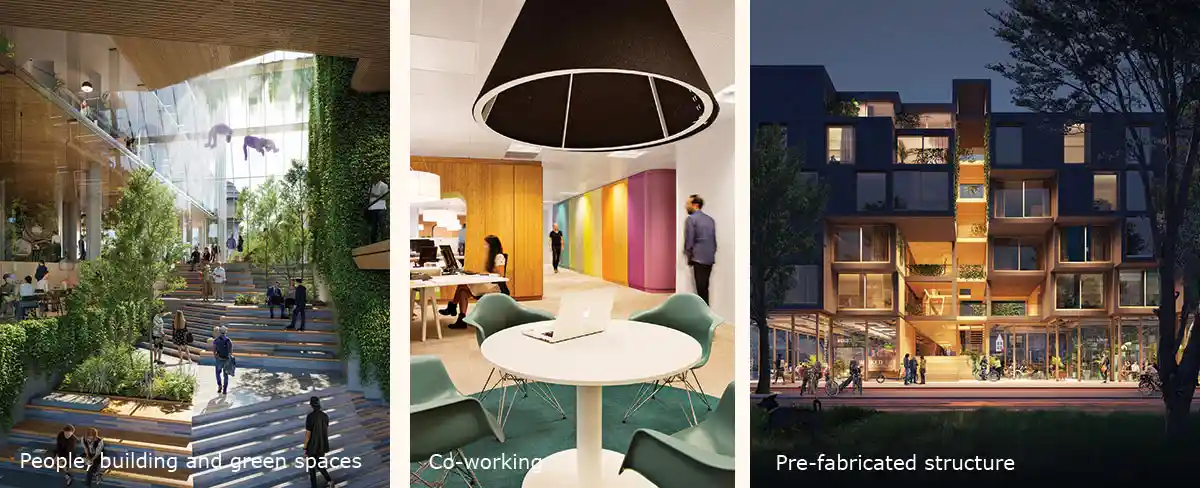
Materials, products, and construction systems are constantly changing, as a result of discoveries, market trends, and technological advancements. The way people engage with the built environment is greatly influenced by the materials and technologies used. Furthermore, a poor choice of items and materials can jeopardize key design decisions. To provide comfort and better citizen cohabitation in both private and public areas, equipment, furniture, and new technologies have become increasingly versatile, efficient, and “smart.”
A template for a newly built environment is being formulated, with a greater emphasis on sustainability, hygiene, fitness, and community development, with an eco-conscious design approach
Ar. Harsh Chauhan
The pandemic has blurred many lines in the last two years, notably between work and home. It has also spurred architects across the world to view spaces and utilities through new lens. A template for a newly built environment is being formulated, with a greater emphasis on sustainability, hygiene, fitness, and community development. This pervades the home and office design as well, with green spaces and an eco-conscious approach being the main trend to keep in mind for future design strategies. This will play a vital part in creating an environment that fosters healing and rejuvenation.
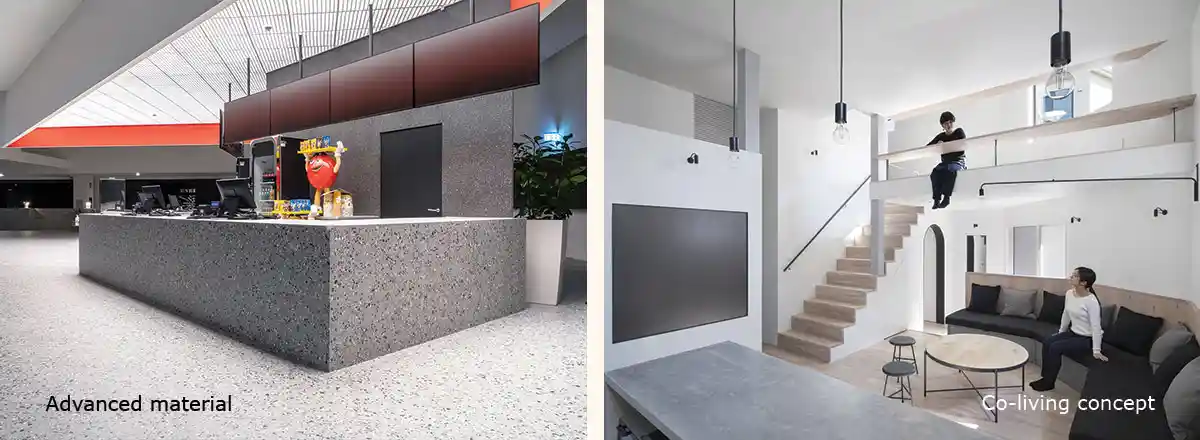
In the competitive world of architecture, the unpredictability of raw material futures does not appear to be very appealing. But, in a world that seems to be losing its connection to nature more and more, wouldn’t it be vital to return to the impacts of raw materials regularly to learn –and never forget– the feel, roughness, and surprises of their surfaces?
Perhaps now is the opportunity to embrace new technologies while maintaining the sensitivity that drew us to this field in the first place. How should we use materials, both in their traditional forms and in their future versions, to ensure that our creations contribute meaningfully to how we live on our planet? Large-scale social movements based on sustainability have emerged as a contemporary response to productivity-driven economic systems.




